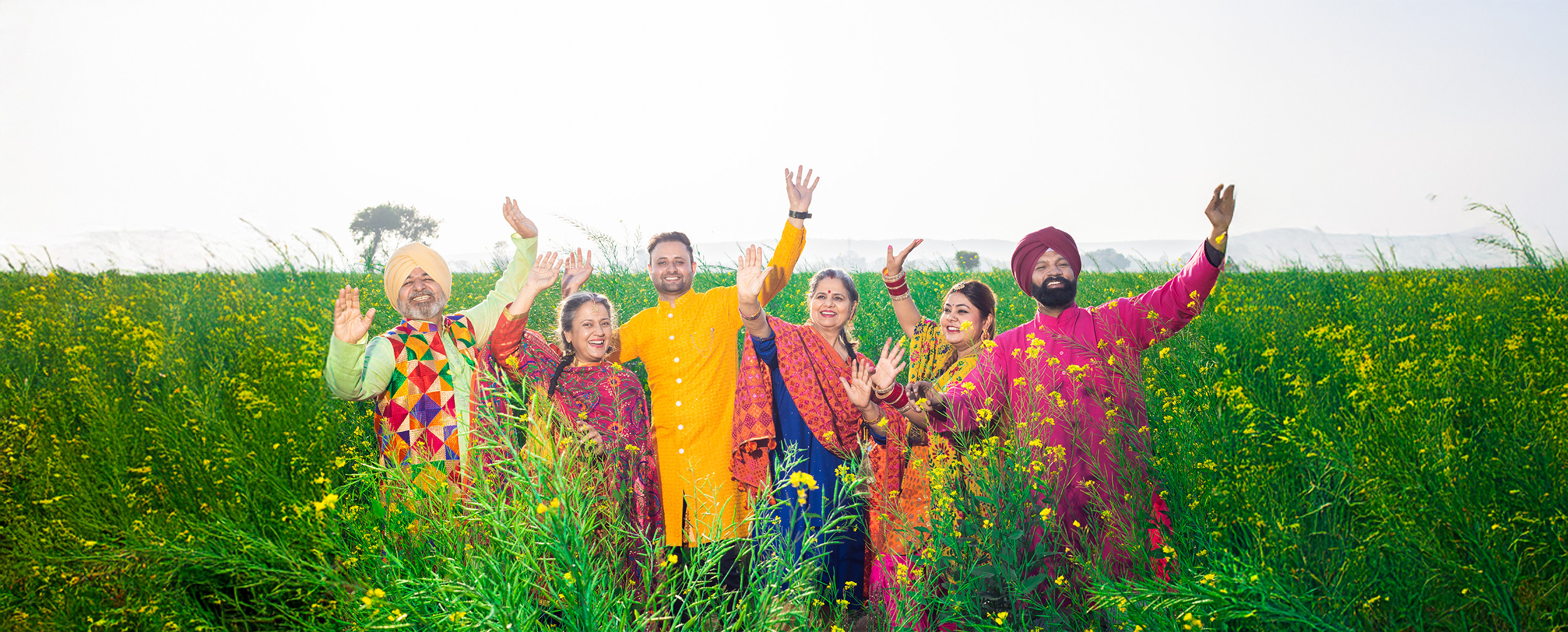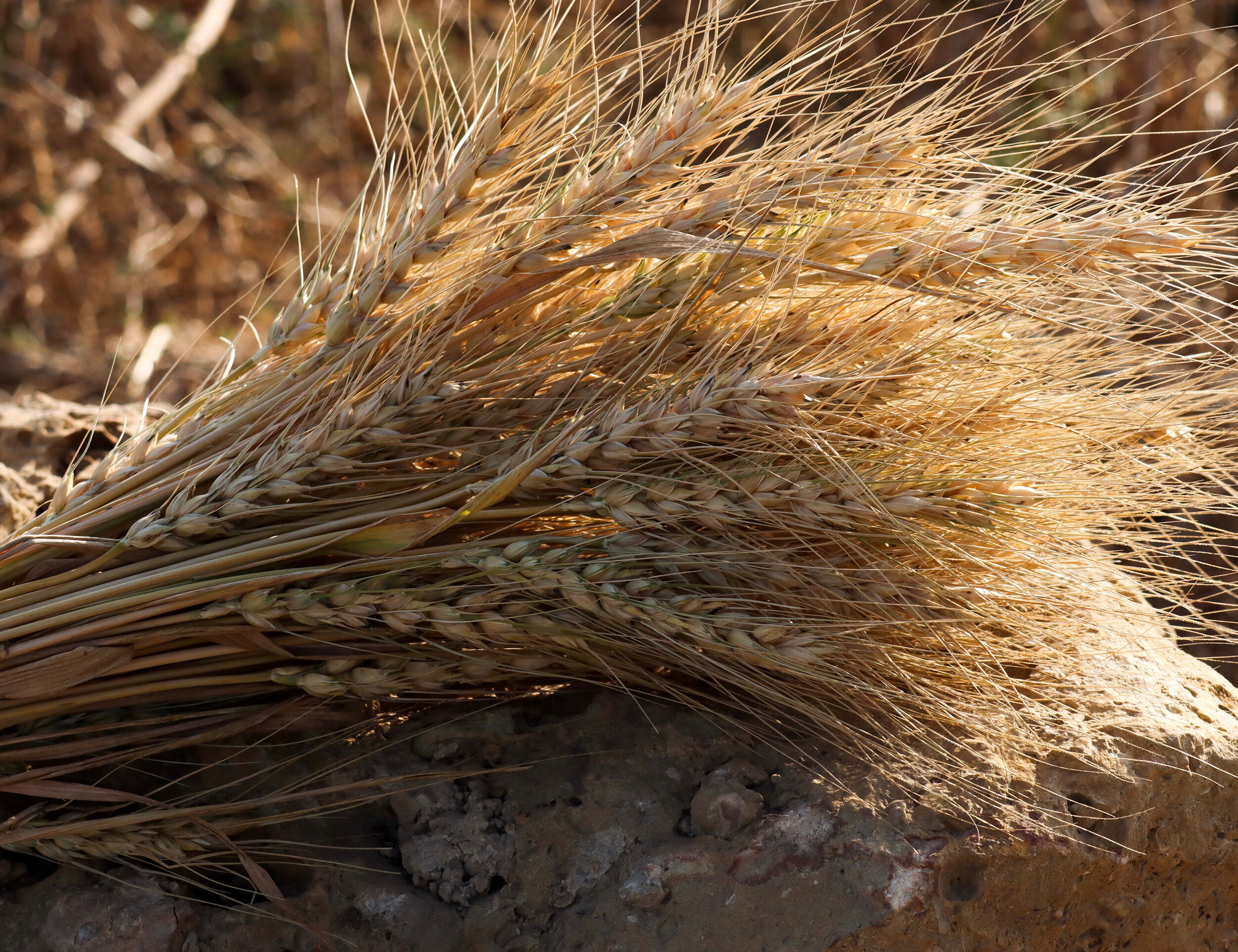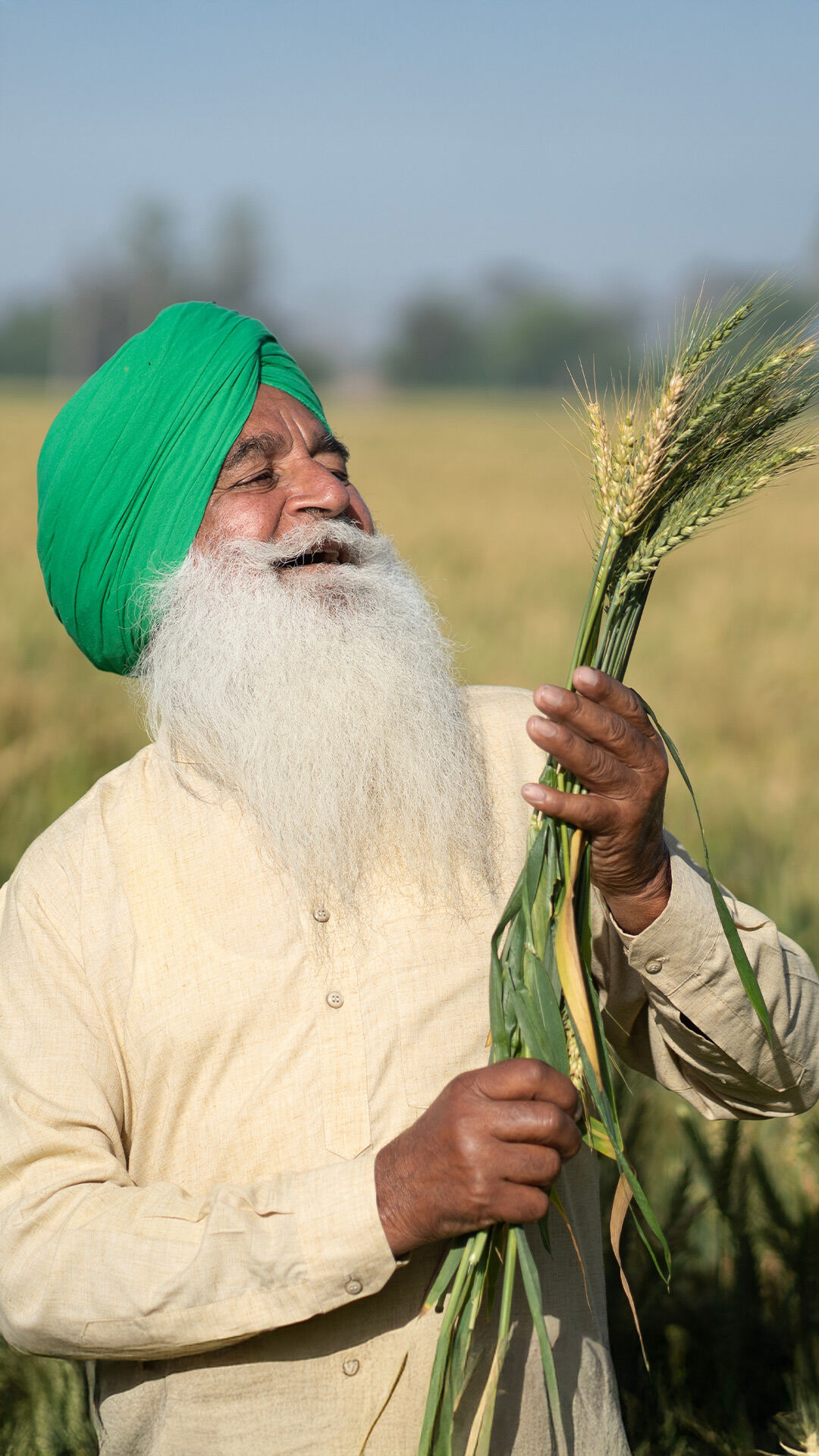STORIES BY DIWAS

Lifestyle
Baisakhi: The Colourful Festival With a Deep-Rooted History
Date 9 April 2025 Reading time: 7-10 mins
As the golden rays of the April sun caress the lush fields of Punjab, the air comes alive with the spirit of Baisakhi. The rhythmic beats of the dhol mingle with the joyous laughter of people dressed in their festive best. But amidst the vibrant celebrations lies a rich tapestry of Baisakhi's importance and history that goes beyond the harvest. Baisakhi, the festival that marks the beginning of the Punjabi New Year, is a testament to the resilience, faith, and unity of the Punjabi community. Let's embark on a journey to unravel the layers of the history of Baisakhi in Punjabi culture.
The History of Baisakhi: A Brief Overview
Baisakhi, also known as Vaisakhi, is celebrated on the first day of the month of Vaisakh, according to the Nanakshahi calendar. Historically, Baisakhi marked the beginning of the harvest season in Punjab, with farmers offering their gratitude to the divine for a bountiful crop. Over time, Baisakhi history significance has made it evolve into a multi-faceted celebration that encompasses religious, cultural, and social significance.
The history of Baisakhi in Punjabi culture traces back to ancient times when it was primarily an agricultural festival. Farmers would gather in the fields, sickles in hand, ready to reap the golden wheat crop. The sight of lush fields stretching as far as the eye could see was a moment of pride and fulfillment for the hardworking farming community, marking the significance of Baisakhi.
The Historical Significance of Baisakhi
Baisakhi importance goes back to its immense historical significance, particularly for the Sikh community. It was on this day in 1699 that the tenth Sikh Guru, Guru Gobind Singh Ji, established the Khalsa Panth, a pivotal event in Sikh history. The Guru baptised five brave Sikhs, known as the Panj Pyare, and gave them the surname Singh, symbolising their courage and dedication to the faith. This momentous occasion in the history of Baisakhi marked the birth of the Khalsa, the pure and the righteous.
The history of Baisakhi in Punjabi culture is deeply intertwined with the Sikh faith. Gurudwaras across the world commemorate this day with special prayers, kirtans, and langar, embodying the spirit of unity and service. The Nishan Sahib, the sacred Sikh flag, is hoisted high, fluttering in the wind as a symbol of pride and identity.
Baisakhi: More Than Just a Harvest Festival
While the history of Baisakhi festival is often associated with the harvest, its significance extends far beyond the agricultural realm. The Baisakhi festival is a time for community bonding, cultural celebrations, and spiritual reflection. People gather in gurudwaras, temples, and community centers to offer prayers, seek blessings, and partake in the festive atmosphere.
The vibrant colors of Baisakhi are a sight to behold. Women don conventional Punjabi attire, with intricately embroidered salwar kamees and colorful dupattas. Men look dashing in crisp kurtas and turbans. The Diwas Festive Wear Collection offers a stunning range of kurtas perfect for the occasion, from classic white kurtas to vibrant yellow kurtas that capture the essence of the festival.
The Cultural Impact of Baisakhi
The Baisakhi importance extends beyond the realms of religion and agriculture. It is a celebration of Punjabi culture, traditions, and heritage. Baisakhi history significance is marked by lively folk dances, such as Bhangra and Giddha, that showcase the joy and energy of the Punjabi spirit. The beats of the dhol and the graceful movements of the dancers create an atmosphere of festivity and merriment.
Baisakhi is also a time for feasting and sharing. The aroma of freshly prepared Punjabi delicacies fills the air, with families and friends coming together to relish traditional dishes like sarson da saag, makki di roti, and lassi. The spirit of community and togetherness is evident in the way people open their homes and hearts to one another during this time, marking the significance of Baisakhi.
The Role of Baisakhi in Modern India
In today's world, the significance of Baisakhi remains as relevant as ever. The history of Baisakhi serves as a reminder of our roots, our heritage, and the values that define us as a community. Baisakhi celebrations have evolved to include cultural programs, fairs, and even Baisakhi-themed weddings, where couples tie the knot amidst the festive fervor.
The Baisakhi history significance goes beyond the boundaries of Punjab. It is a festival that unites people across regions, religions, and cultures. It is a reminder of the shared values of compassion, equality, and unity that form the foundation of our society. In a world that often seems divided, the history of Baisakhi festival serves as a beacon of hope, reminding us of the power of coming together as one.
Why Baisakhi is More Than A Festival
As we immerse ourselves in the colors, sounds, and flavors of Baisakhi, let us remember the profound significance that lies at its core. The history of Baisakhi festival is a testament to the resilience and spirit of the Punjabi community, a celebration of faith, culture, and togetherness. So, let us don our festive best, join hands in the spirit of unity, and celebrate the essence of Baisakhi with open hearts and joyful souls.
For those looking to embrace the spirit of Baisakhi in their attire, Diwas offers a wide range of ceremonial and contemporary options. From printed kurtas and embroidered kurtas to casual kurtas and party wear kurtas, there's something for every occasion and style preference. The new arrivals collection features trendy designs that blend tradition with modernity, allowing you to celebrate Baisakhi in style.



